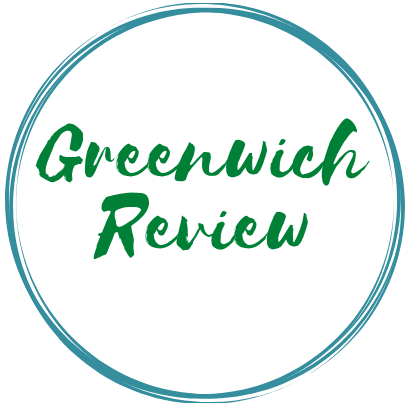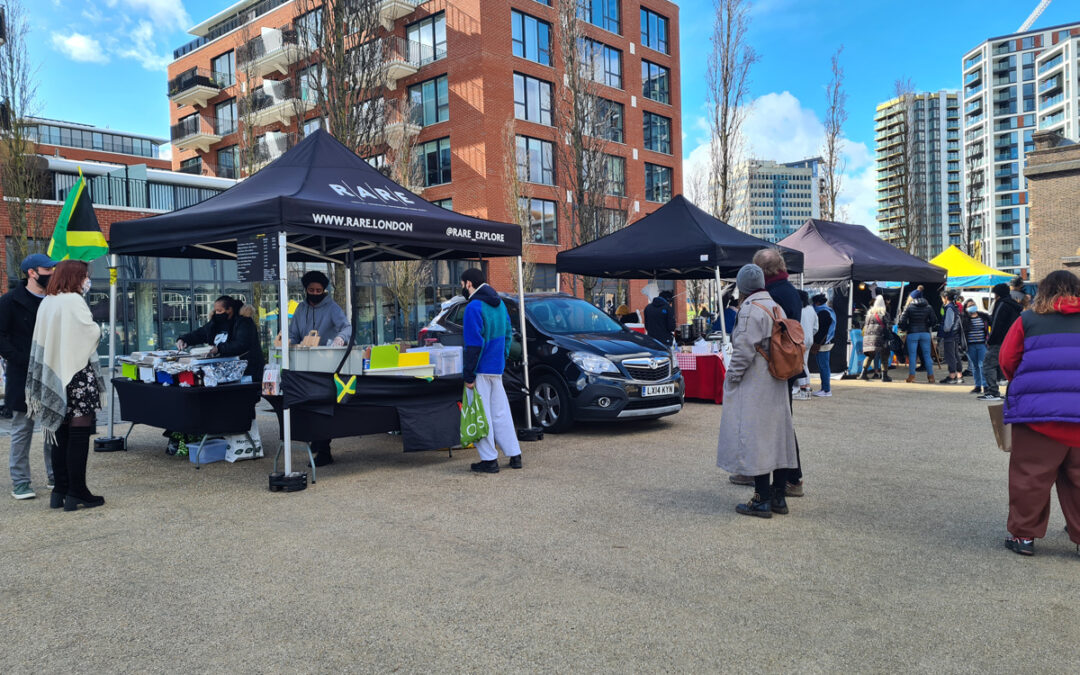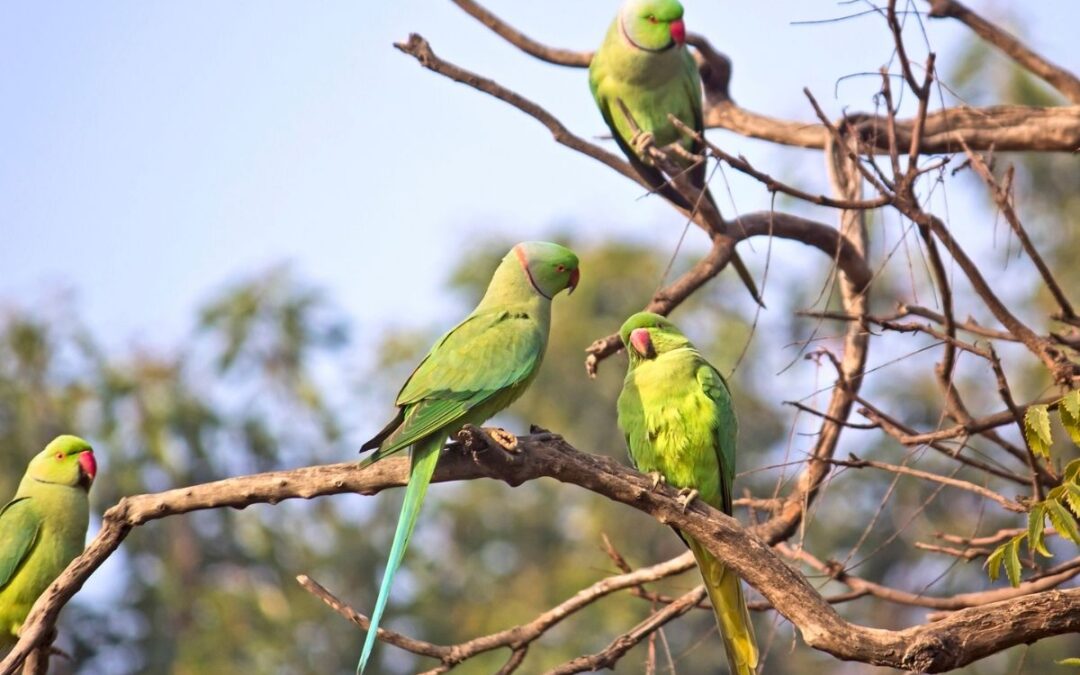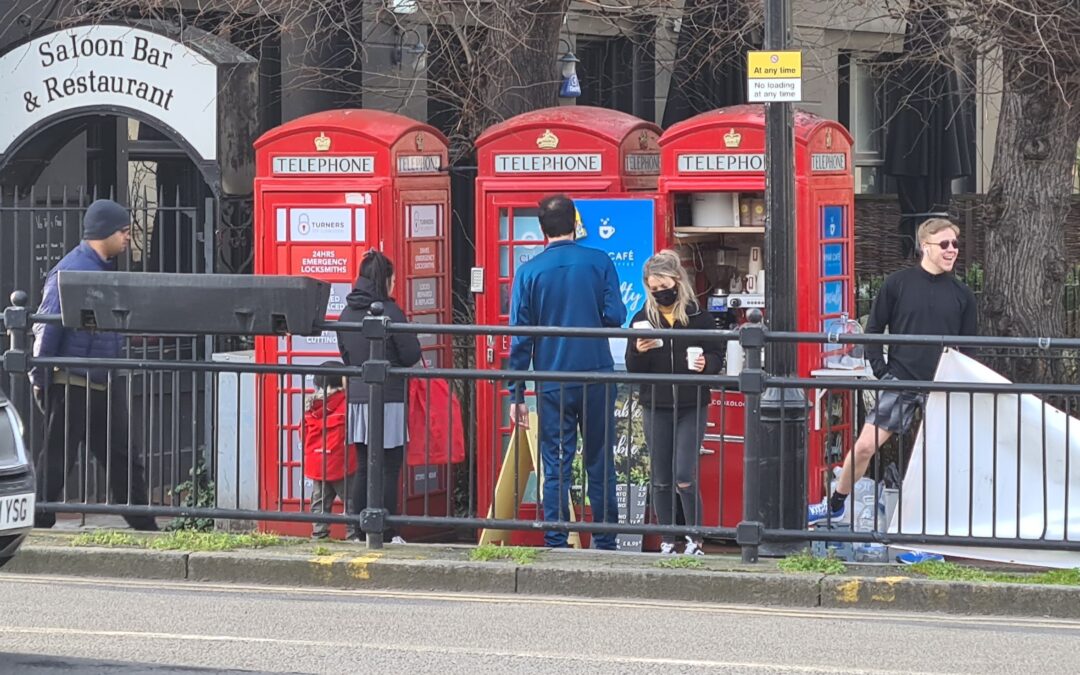
£10 Million Greenwich Park restoration

£10 Million Greenwich Park restoration.
The plans include the restoration of the landscape to its 17t century glory and the building of a new state of the art learning centre.
The four year planned project which was announced last year by the royal parks charity has had to be changed slightly due to the Covid-19 pandemic and the use of existing buildings repurposed for learning and building a smaller classroom than planned, using sustainable materials.
According to the charity, Greenwich council has 69 tall building projects in the pipeline around Greenwich so the park will be “an even crucial asset in the heart of the city” and the park will be future-proofed for generations to come.
One part of the plan is to give greater disability access to the park, although one part of the plan that I can see going against this plan is the reintroduction of its 17th century landscape with giant steps leading up to the observatory. Now tell me if I am wrong but giant steps and disability access usually are opposing ideas. I dare say on the 17th-century planning committee, disability access was not high on anyone’s agenda. I am sure there will be an alternative route for the less abled among us.
At the top end of the park on the Blackheath side, the underused contractor’s yard will be transformed into the new ‘Vanbrugh Yard’ with a cafe, community kitchen garden, wild orchard and volunteer mess room and also public toilets and changing facilities for disabled visitors.






